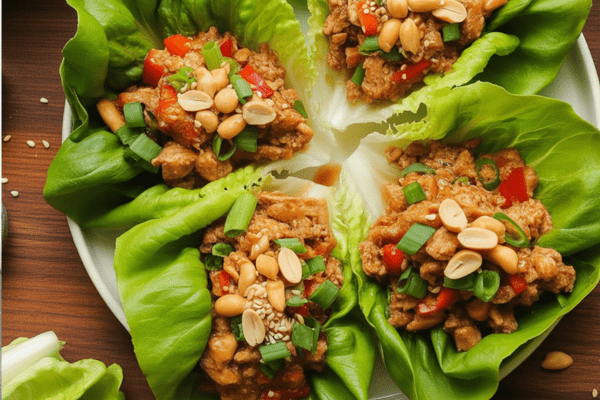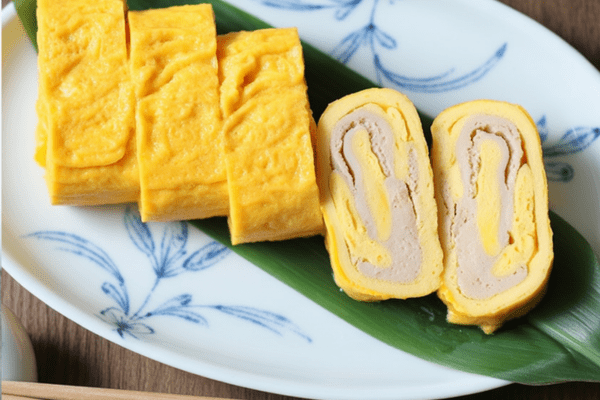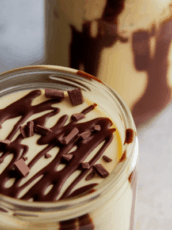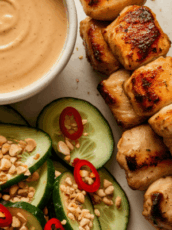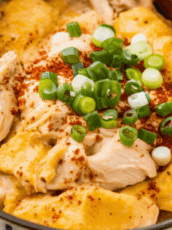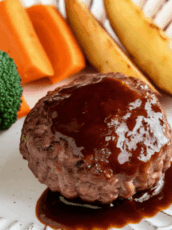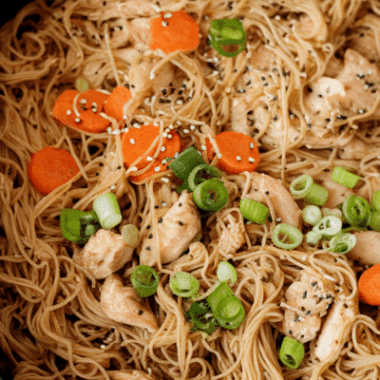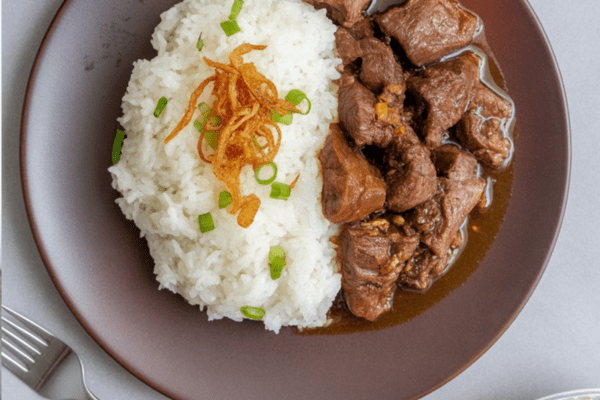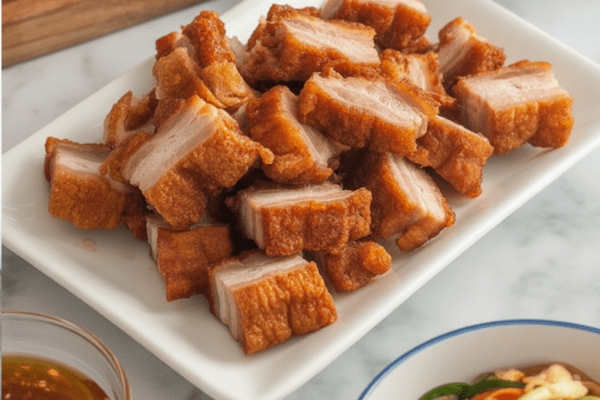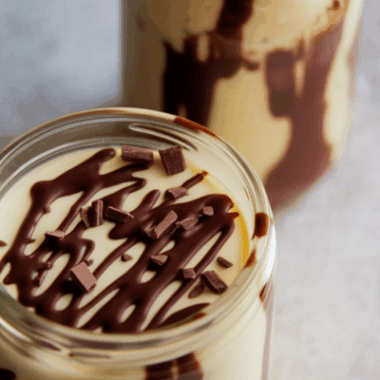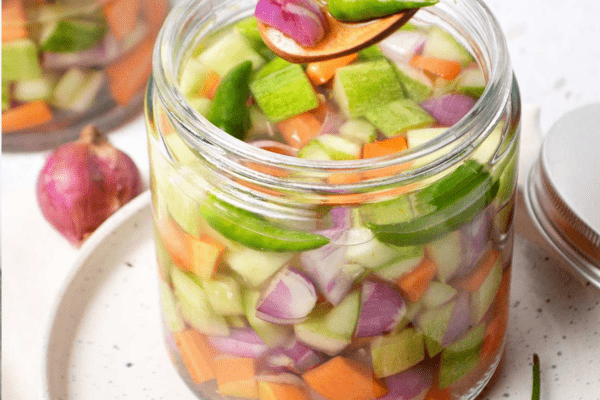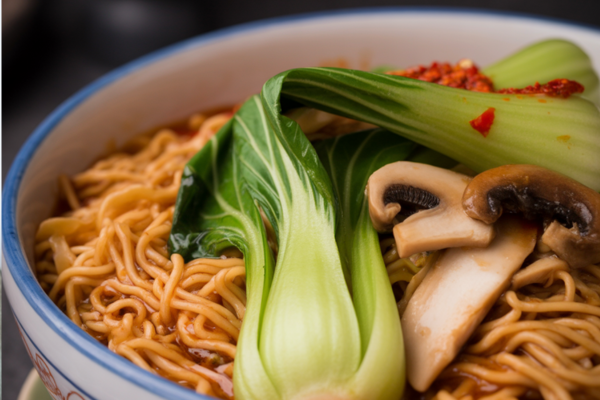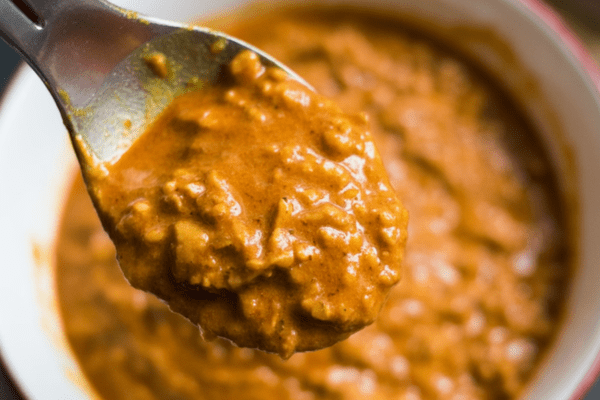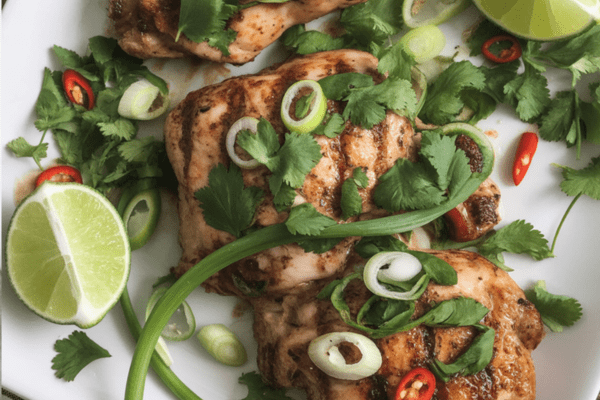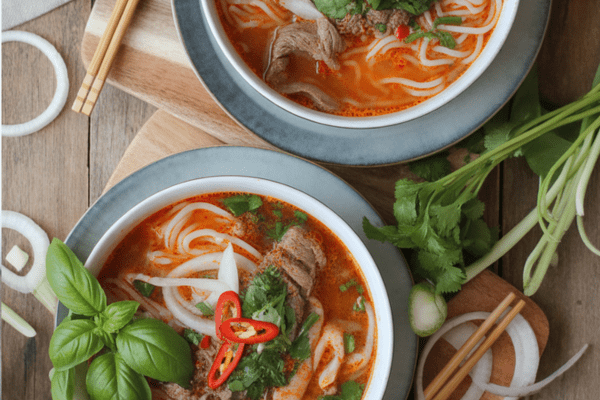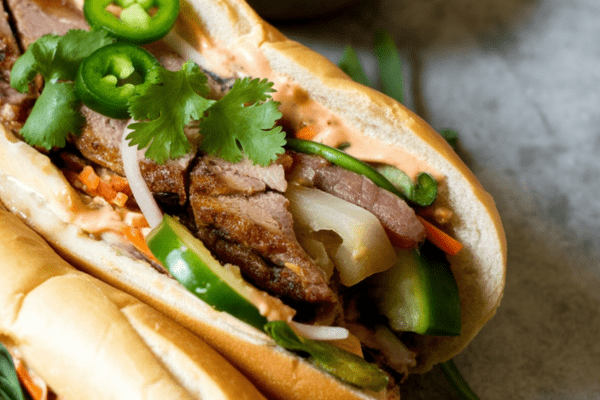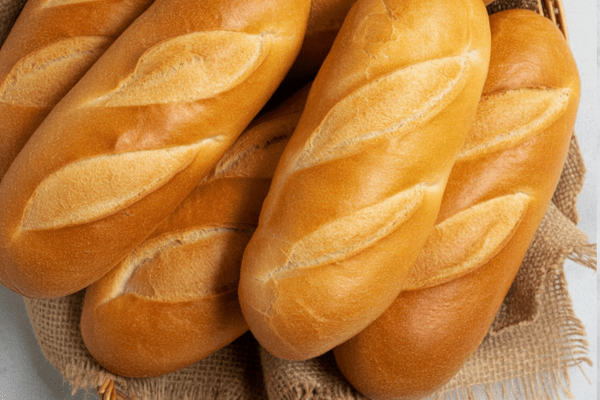I’m always up for a big bowl of Pad Thai—especially on busy nights when I want something satisfying but don’t have time to fuss. This recipe is my go-to for those evenings. It comes together in under half an hour, uses simple ingredients I can get at my local market, and tastes just the way I remember from my favorite Thai restaurants.
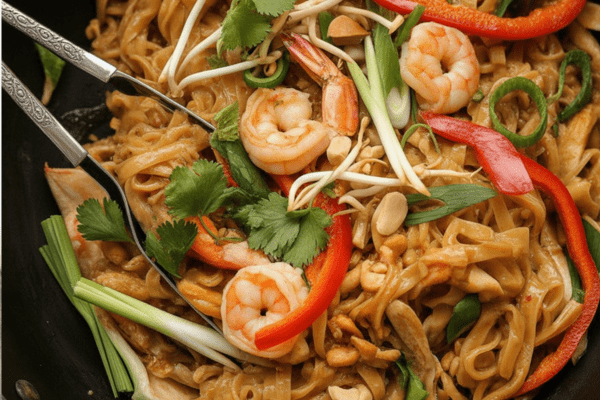
Honestly, I first fell for Pad Thai during my college days, when a friend introduced me to a tiny family-run Thai joint that felt like a hidden gem. The bright, punchy sauce and chewy noodles completely won me over. Since then, I’ve played around in my own kitchen trying to get that balance of sweet, salty, tangy, and a little spicy just right.
Why This Version Works So Well
- Dinner in 30 Minutes
Perfect for when the day gets away from you. You’ll have everything on the table quickly without sacrificing flavor. - Simple Steps, Big Rewards
Nothing fancy or complicated here. Cook your noodles, sauté your protein and veggies, scramble in some egg, toss with sauce—done. I can even manage it when my toddler is tugging at my leg. - Bold, Fresh Flavors
This homemade sauce has that beautiful balance I crave, and the veggies keep it feeling light and fresh. I like that I can adjust it to my taste, too—extra Sriracha when I’m feeling bold, more lime for brightness.
What Exactly is Pad Thai?
Pad Thai is a classic Thai street-food stir-fry of rice noodles with proteins like chicken, shrimp, or tofu, plus peanuts, egg, bean sprouts, and a sauce that’s salty, sweet, sour, and sometimes a little spicy. It’s quick to cook in a wok or big pan, making it perfect for a weeknight meal.
I always think of it as one of those dishes that invites you to tweak it for yourself. Don’t eat shrimp? Skip it. Vegetarian? Swap in tofu and use soy sauce instead of fish sauce. It’s such a forgiving recipe.
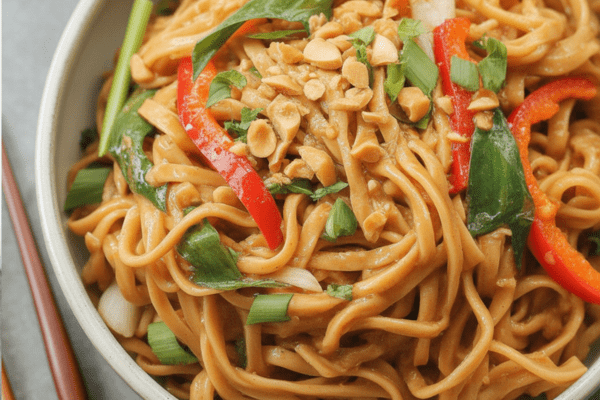
Let’s Talk About the Sauce
Traditional Pad Thai sauce is built on fish sauce, tamarind, sugar, and vinegar. Tamarind can be a little tricky to find at my local grocer, so I often use rice vinegar instead. It’s not exactly the same, but it gives you that essential brightness.
I’ll also confess that I love adding a big scoop of peanut butter. Some might say it’s not traditional, but it gives the sauce a creamy, nutty richness that’s just irresistible. Honestly, it’s one of those small tweaks that makes the dish feel like my own.
Step-by-Step Cooking Guide
1. Cook the Noodles
Follow the package instructions and cook them until they’re tender but not mushy. A quick rinse under cold water keeps them from sticking. I often cook them first so they’re ready to toss in when everything else is hot.
2. Make the Sauce
In a small bowl, stir together fish sauce, soy sauce, brown sugar, rice vinegar (or tamarind paste if you have it), Sriracha for heat, and peanut butter if you’re using it. This sauce is the heart of the dish. I often taste and adjust a bit—sometimes I want more kick, sometimes more sweetness.
3. Sauté the Protein and Veggies
Heat oil in a big pan or wok. Add your choice of chicken, shrimp, or tofu along with garlic and bell peppers. Cook until everything is cooked through. If I’m using both shrimp and chicken, I start with the chicken first so it cooks evenly.
4. Scramble the Eggs
Push the cooked protein and veggies to one side. Add a little more oil if you need it, then pour in the beaten eggs. Scramble them gently, breaking them into small pieces. This is one of my favorite parts—it feels so satisfying watching it all come together.
5. Combine Everything
Add the cooked noodles, prepared sauce, bean sprouts, and most of the peanuts (save a handful for topping). Toss it all well so the sauce coats every bite. I love using tongs or two big spoons to make sure nothing sticks to the bottom.
6. Garnish and Serve
Serve it hot, topped with fresh green onions, extra peanuts for crunch, cilantro if you like it, and lime wedges on the side. I always give mine a big squeeze of lime—it brightens the whole dish beautifully.
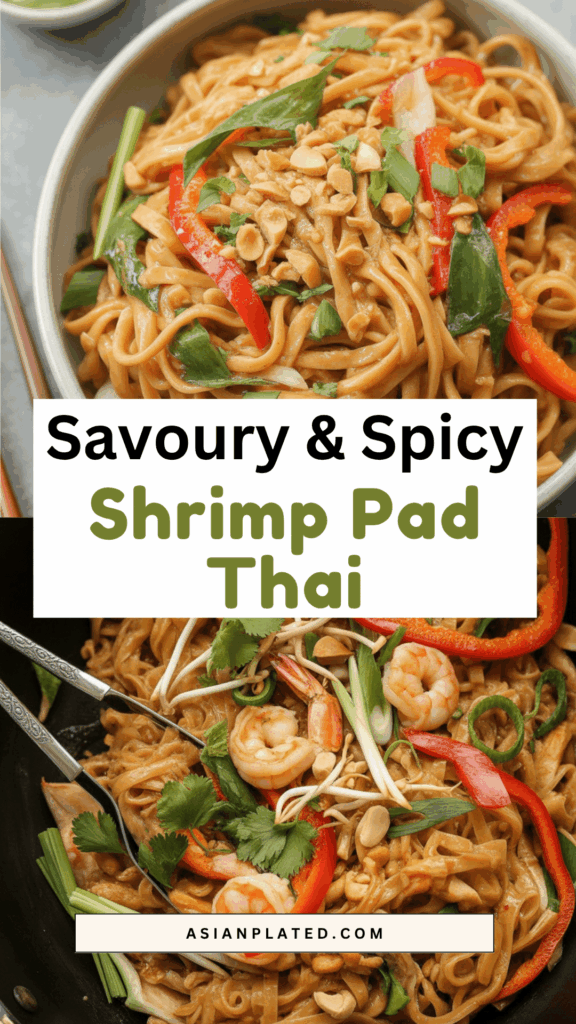
Make-Ahead Prep and Storage Tips
One thing I’ve learned as a busy parent is how much easier life is when I do a little prep in advance. If I know Pad Thai is on the menu, I’ll chop the veggies and cut the protein earlier in the day. I’ll even whisk together the sauce and pop it in the fridge. When dinnertime rolls around, it’s practically done.
For leftovers, I store them in an airtight container in the fridge. They reheat well in a pan with just a splash of water to loosen them up. It’s a great lunch the next day.
Variations I Love
- Tamarind Paste: If I find it at the market, I use about 2 tablespoons instead of the rice vinegar for a more classic tang. It’s worth trying at least once to see how it changes the sauce.
- Vegetarian or Vegan: Skip the egg and fish sauce. Use tofu and swap extra soy sauce for the fish sauce. It’s easy to keep all the bold flavor without any animal products.
- Extra Peanut Butter: Some people might side-eye this, but I think it makes the sauce richer and so satisfying. It’s one of my favorite personal touches.
Shrimp Pad Thai

There's something incredibly comforting about a sizzling wok of Pad Thai hitting the table.
Ingredients
For the Stir Fry:
- 3 tablespoons oil (neutral, like vegetable or canola)
- 3 cloves garlic, finely minced
- 1 red bell pepper, thinly sliced
- 8 oz flat rice noodles
- 8 oz shrimp, chicken breast, or extra-firm tofu (cubed)
- 2 large eggs, beaten
- 1 cup bean sprouts
- 3 green onions, chopped
- ½ cup dry roasted peanuts, roughly chopped
- 2 limes, cut into wedges
- ½ cup fresh cilantro, chopped
For the Sauce:
- 3 tablespoons fish sauce
- 5 tablespoons light brown sugar
- 1 tablespoon low-sodium soy sauce
- 2 tablespoons rice vinegar (or tamarind paste for a more traditional flavor)
- 1 tablespoon Sriracha (adjust to your heat preference)
- 2 tablespoons creamy peanut butter (optional, for extra richness)
Instructions
- Prep the Noodles: Start by cooking the rice noodles according to the package directions until just tender. Drain and rinse under cold water to stop the cooking. Set aside.
- Mix the Sauce: In a small bowl, whisk together all the sauce ingredients until smooth. Taste and adjust sweetness or heat to your liking.
- Cook the Protein & Veggies: Heat about 1½ tablespoons of oil in a large wok or skillet over medium-high heat. Add the garlic, red bell pepper, and your protein of choice. Cook shrimp until pink on both sides (about 2 minutes each), or chicken/tofu until browned and cooked through, stirring occasionally.
- Scramble the Eggs: Push the protein and veggies to one side of the pan. Add a little more oil, then pour the beaten eggs into the empty space. Scramble until cooked, then mix them in with the rest.
- Combine Everything: Add the noodles, sauce, bean sprouts, and most of the peanuts to the pan. Toss everything together gently, coating the noodles well in the sauce. Cook for 1–2 more minutes until everything is heated through.
- Garnish & Serve: Serve hot, topped with chopped green onions, fresh cilantro, and a generous squeeze of lime juice. Sprinkle with remaining peanuts for added crunch.
Notes
- Meal Prep Friendly: Chop your veggies and mix the sauce in advance. Store in the fridge until ready to cook.
- Make it Vegetarian or Vegan: Use tofu and skip the eggs and fish sauce (sub with more soy sauce or a vegan fish sauce).
- Peanut Butter Tip: While optional, the peanut butter adds a luscious creaminess and depth to the sauce—it’s worth trying!
- Gluten-Free Swap: Use gluten-free soy sauce or tamari to keep this dish completely gluten-free.
Nutrition Information:
Yield: 4 Serving Size: 1Amount Per Serving: Calories: 577Total Fat: 30gSaturated Fat: 4gTrans Fat: 0gUnsaturated Fat: 22gCholesterol: 238mgSodium: 1951mgCarbohydrates: 44gFiber: 5gSugar: 19gProtein: 37g
Asianplated.com, occasionally offers nutritional information for recipes contained on this site. This information is provided as a courtesy and is an estimate only. This information comes from online calculators. Although allchickenrecipes.com attempts to provide accurate nutritional information, these figures are only estimates.
Pad Thai at home feels like such a treat, but it’s easy enough that I don’t save it just for special nights. I hope this version helps you bring those bold, comforting Thai flavors to your own table in a way that feels practical and totally doable—even on a Tuesday night.
Try other Thai recipes:

